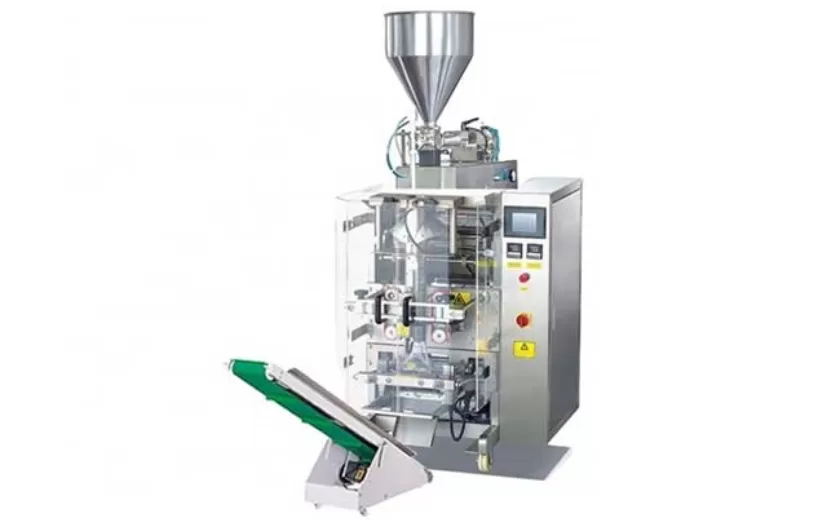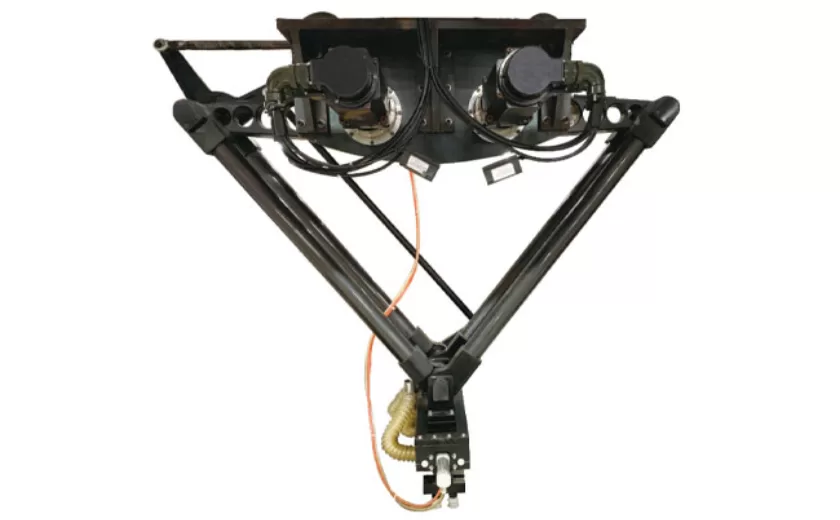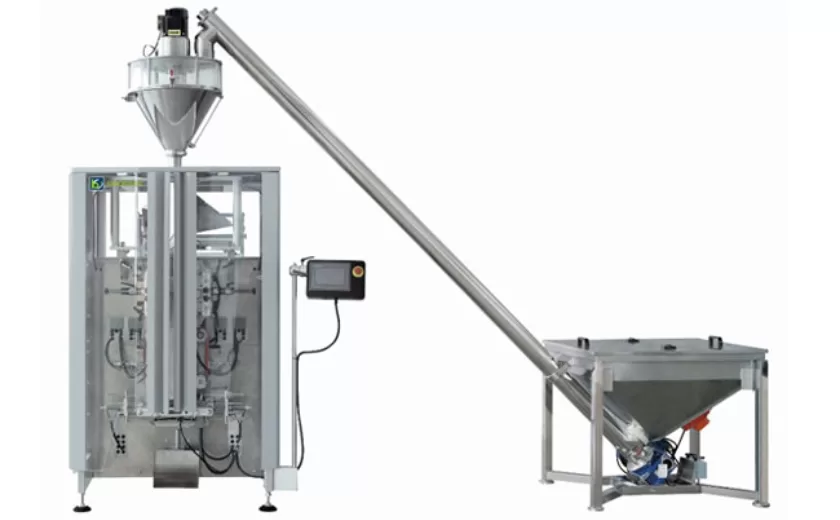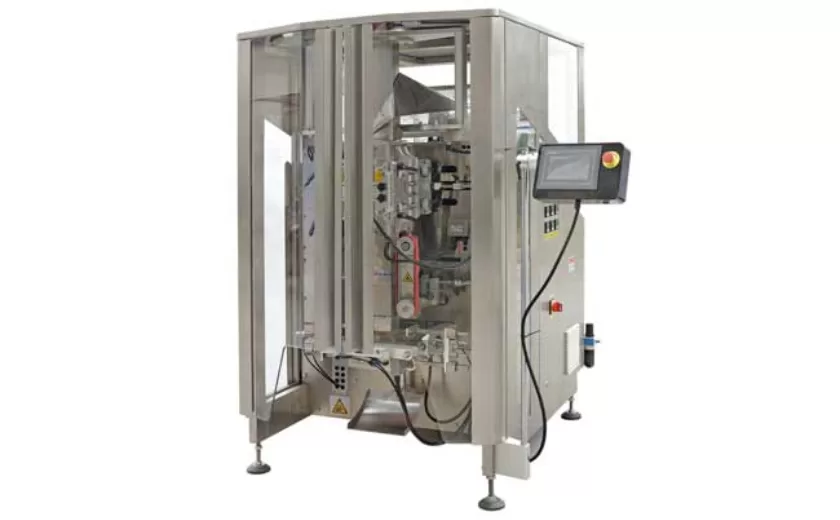Safety Standards and Regulations for Rice Pouch Packing Machines
Rice pouch packing machines are essential pieces of equipment in the food processing industry. They play a crucial role in ensuring the safety and efficiency of packaging rice, a staple food for billions of people worldwide. To safeguard the well-being of workers and consumers, stringent standards and regulations have been established for these machines.
Mechanical Safety
Guards and Covers:
Ensuring that moving parts and hazardous areas are adequately guarded and covered is paramount. This includes guarding belts, gears, chains, and other rotating components to prevent accidental contact and injury.
Emergency Stop Buttons:
Readily accessible emergency stop buttons must be strategically positioned to allow operators to quickly halt machine operation in the event of an emergency or malfunction.
Stability and Grounding:
The machine must be designed to maintain stability during operation to prevent tipping or overturning. Proper grounding is also essential to mitigate the risk of electrical hazards.
Electrical Safety
Circuit Protection:
Appropriate circuit protection devices, such as fuses or circuit breakers, must be installed to prevent electrical overloads and faults from causing shock, fire, or other hazards.
Insulation and Wiring:
Electrical components must be adequately insulated and wiring must be installed securely to minimize the risk of short circuits and electrical accidents.
Earth Leakage Circuit Breakers (ELCBs):
These devices are designed to detect and isolate ground faults, reducing the risk of electric shocks. ELCBs are required in certain jurisdictions as a mandatory safety feature for rice pouch packing machines.
Operator Safety
Safety Interlocks:
Safety interlocks are mechanisms that prevent the machine from operating if certain safety conditions are not met. For example, the machine may be equipped with door interlocks that prevent operation when access doors are open.
Training and Supervision:
Proper training and supervision are essential to ensure that operators understand the safe operation and maintenance of the machine. Operators should be trained on hazard identification, machine controls, emergency procedures, and the proper use of personal protective equipment (PPE).
Food Safety
Sanitation and Hygiene:
The machine must be designed and constructed to facilitate easy and thorough cleaning and sanitation to prevent contamination of the rice products. This includes the use of food-grade materials, smooth surfaces, and measures to prevent the accumulation of food debris and bacteria.
Pest Control Measures:
The machine should incorporate measures to prevent the entry and harborage of pests, such as insects and rodents, which can contaminate the rice products and pose a health hazard.
Compliance and Certification
Rice pouch packing machines must comply with applicable safety standards and regulations, such as those set by the Occupational Safety and Health Administration (OSHA) in the United States and the International Organization for Standardization (ISO). Compliance is typically demonstrated through certification by accredited testing laboratories.
By adhering to these safety standards and regulations, manufacturers, operators, and users can minimize the risks associated with rice pouch packing machines, ensuring the safety and well-being of workers and consumers.
-
Advanced Packing Solutions: Snacks, Sugar, and Frozen Food Machines
29-10-2025 -
Efficient and Reliable Solutions for Salt, Nuts, and Frozen Dumplings Packing
29-10-2025 -
High-Performance Biscuits, Lollipop, and Ketchup Packing Machines for Modern Food Production
29-10-2025 -
Efficient Liquid Filling and Packing Machines for Modern Production
23-10-2025 -
Reliable Granule Packaging Machines for Efficient Production
23-10-2025 -
Efficient Auger Powder Filling Machines for Accurate Packaging
23-10-2025 -
High-Performance Liquid Filling and Packing Machines for Hygienic Production
10-10-2025 -
High-Efficiency Granule Packaging Machines for Precision and Speed
10-10-2025 -
High-Precision Auger Type Powder Filling Machines for Efficient Packaging
10-10-2025 -
Efficient Vertical Form Fill Seal Packaging Machines for Smart Production
10-10-2025











